The World’s Least-Visited Islands
As more and more travelers crowd tourist destinations around the world, you may be thinking, “Is there a place I can go to get away from all these people?” And the answer is: Yes!
Across the globe, some islands are so remote, they don’t have any human residents — which also means no restaurants, no coffee shops and definitely no Wi-Fi. Many can be reached, but require a significant commitment to do so. Others are so difficult to get to that you may not step foot on land, even after traveling hours and days to reach them. And a few won’t even permit you to visit.
Here are the world’s least-visited islands, and how you can (try) to access their majestic beauty.
Tristan da Cunha
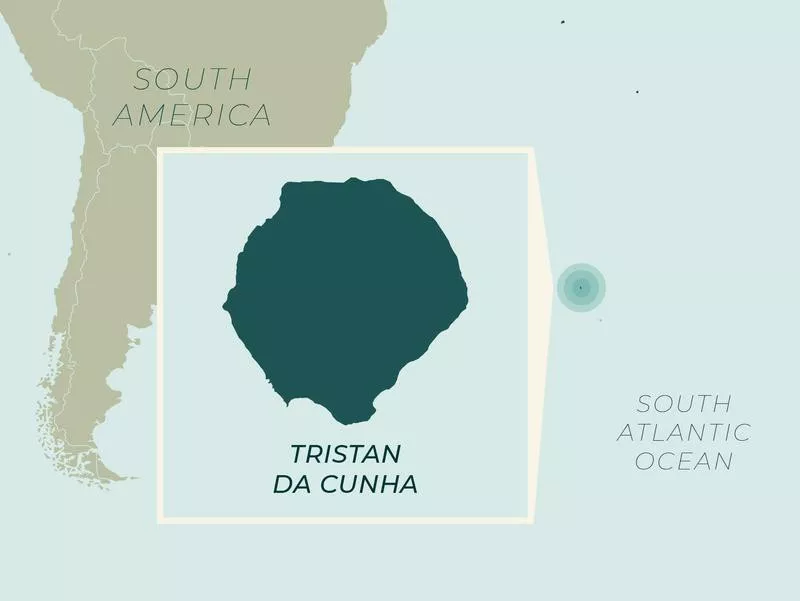
Population: 247
Location: South Atlantic Ocean
Nation: A British Overseas Territory
How to Get There
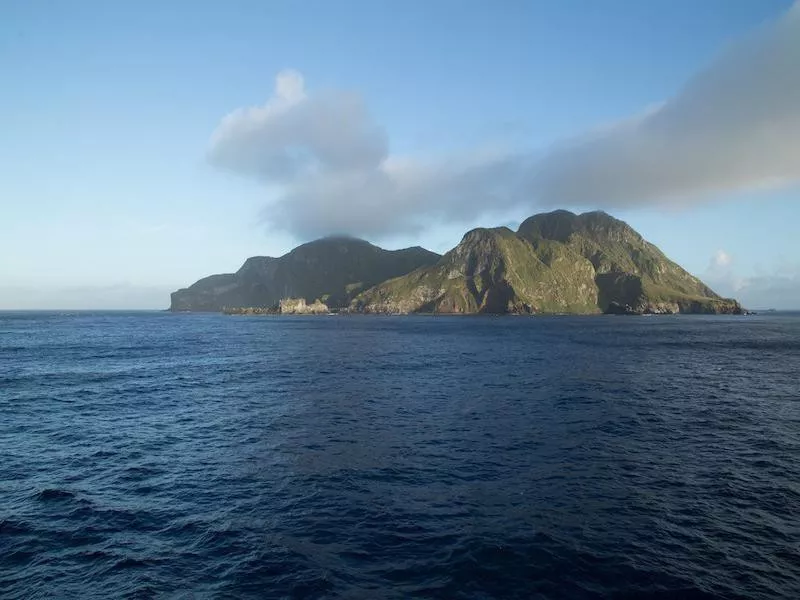
Getty
This remote volcanic island, part of a chain of islands of the same name, is considered the world’s most remote inhabited place in the world. A former British outpost, it doesn’t have an airport, meaning if you want to visit you have to arrive by boat.
Expedition cruises and three scheduled ships from Cape Town, South Africa, visit annually to bring cargo and passengers to Gough Island. From there, it’s another boat ride to Tristan, where rugged nature (brave souls can attempt to hike a volcanic peak) and a single pub, open a few hours a day, await.
This is the place to go if you truly want to get away from it all. There isn’t even any Wi-Fi!
Bear Island

Population: 4 (semi-permanent)
Location: Barents Sea
Nation: Norway
How to Get There
Part of Norway’s Arctic Svalbard Islands, Bear Island is the southernmost island in the collection. Practically uninhabited, the island, which goes by Bjornoya in native tongue, is home to some of the largest colonies of seabirds.
Visitors can fly to Svalbard’s capital of Longyearbyen, but have to find a chartered boat or research ship to make it to Bear. There are, however, a few expedition cruise ships taking passengers to the nature reserve.
Mainly a place to scout out birds and take photos of untouched landscapes, this is ideally suited to hardcore nature-lovers who don’t mind putting effort into their travels.
Bouvet Island
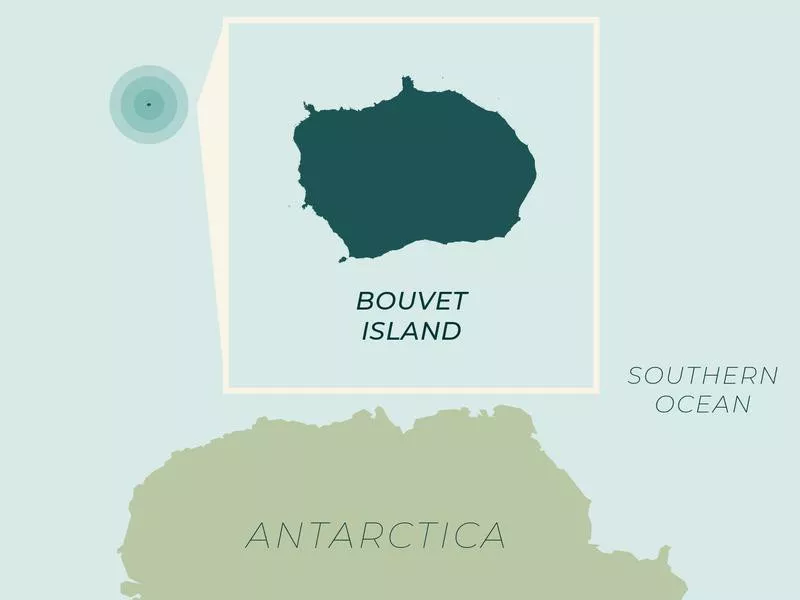
Population: Uninhabited
Location: South Atlantic Ocean
Nation: Norway
How to Get There
This uninhabited island is so remote that it doesn’t get visited — and was lost for nearly a century after discovery.
It was Frenchmen Jean-Baptiste Charles Bouvet de Lozier who first spotted the island in 1739, but he didn’t calculate its coordinates correctly, and it wasn’t spotted again until 1808. Now, it’s a wildlife refuge that has made its appearance as a remote locale in literature.
Bishop Rock

Population: Uninhabited
Location: Atlantic Ocean
Nation: United Kingdom
How to Get There
Part of the Isles of Scilly, this Cornish piece of land is recognized as the smallest island in the world by the Guinness Book of World Records. It’s just large enough for a lighthouse, which has stood here since 1707, after the sinking of a British ship caused the loss of 2,000 men.
Cruises run to the island, depending on favorable weather, between April and October.
Boreray
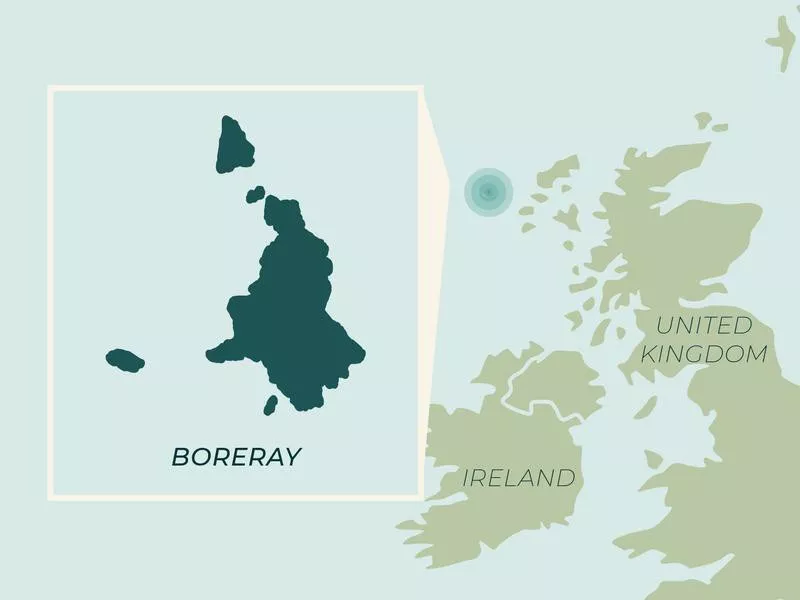
Population: 0
Location: North Atlantic Ocean
Nation: Scotland
How to Get There
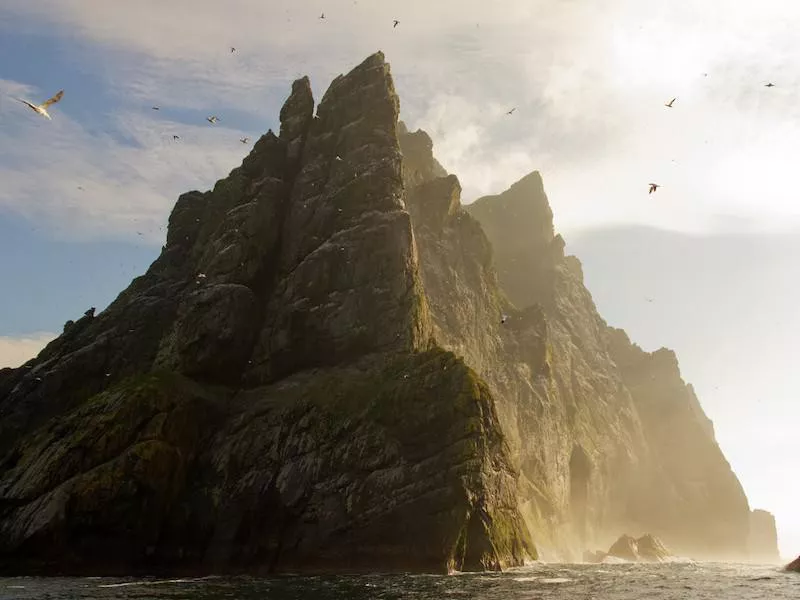
Getty
This island is part of Scotland’s St. Kilda archipelago, and it happens to be home to the United Kingdom’s rarest sheep: Boreray Blackface (or Hebridean Blackface). Prehistoric relics of man have been found on this remote island that is most often visited by other islanders via boat to gather wool from the sheep.
In order to visit, the seas need to be calm, and you must have permission from the National Trust for Scotland warden, who is found on St. Kilda’s main island, Hirta. Even with permission, the rough seas make it extremely difficult for a boat to moor. One Highlands guide says the island is tougher to reach than the peak of Mount Everest. Challenge accepted?
North Sentinel Island

Population: 400 (estimate)
Location: Bay of Bengal
Nation: Sentinel
How to Get There
Home to a tribe of Sentinelese natives who absolutely refuse foreigners on the island — even killing an American missionary who tried to make contact in 2018 — North Sentinel Island is protected by the Andaman and Nicobar Islands Protection of Aboriginal Tribes Act.
This law prohibits outsiders from getting within 5 miles of it.
Rockall
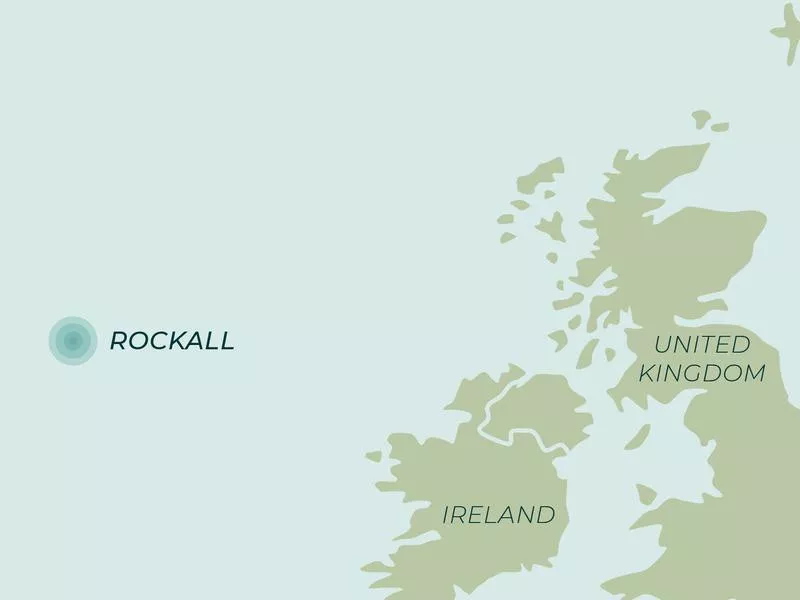
Population: Uninhabitable
Location: Northeast Atlantic
Nation: Scotland
How to Get There
St. Kilda’s Rockall is another uninhabited Scottish island, although that is under dispute by Denmark’s Faroe Islands, Ireland and Iceland, who all claim to control the sea bed around it.
Not surprisingly, it is difficult to get to and is very infrequently visited. (It’s said that twice as many people have been to space as have been here!) But one tour company will take you to its shores, with the next trip planned for (yes) 2022.
Kerguelen Islands
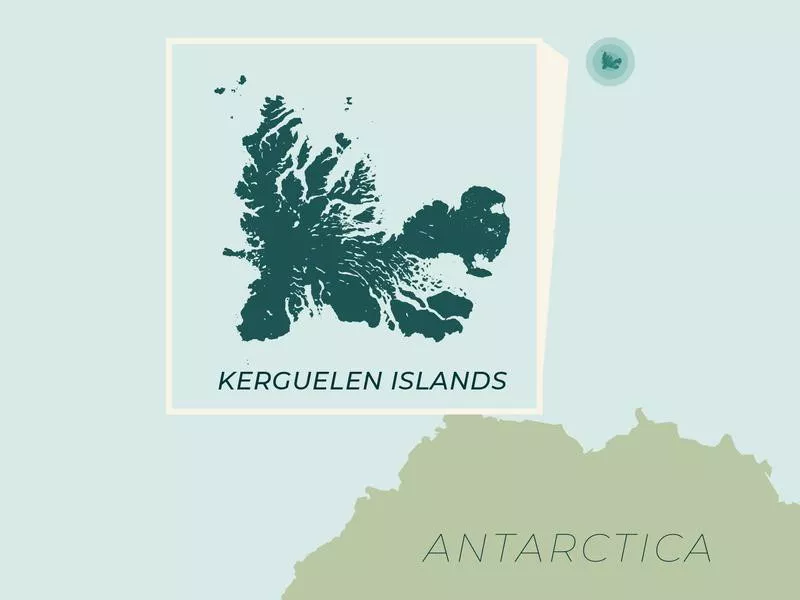
Population: 130
Location: South Indian Ocean
Nation: French Southern and Antarctic Lands
How to Get There
The Antarctic Kerguelen Archipelago is a French territory of 11 small islands closely surrounding the main island of Grande Terre. That island’s peak, covered by the Cook Glacier, is 2,000 miles from the nearest people — who live on the island of Madagascar!
Four trips per year will take you to the islands, although it takes nearly a month to do. Those who make it there revel in the incredible wildlife, including penguins, seals, rabbits and thousands of sheep.
Spitsbergen
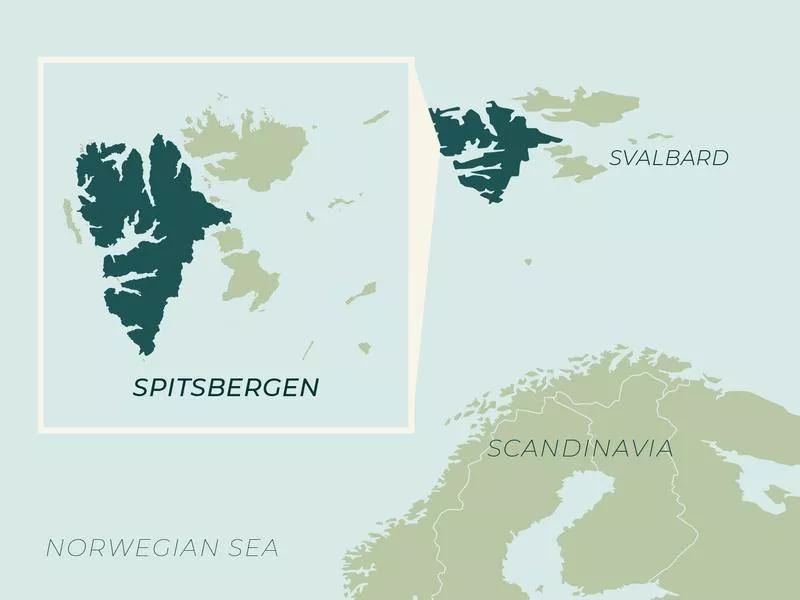
Population: 2,642
Location: Arctic Ocean
Nation: Norway
How to Get There
Another of the Svalbard Islands, this one requires you to fly into Longyearbyen, the most northerly airport in the world, from Oslo. However, a boat isn’t your only option; visitors may also arrive on Spitsbergen via a small plane.
The reason Spitsbergen has a runway is that it is the only permanently populated part of the archipelago. (It’s the largest, too.) Once here, visitors may encounter whales, walruses, Svalbard reindeer and polar bears.
Pitcairn Island
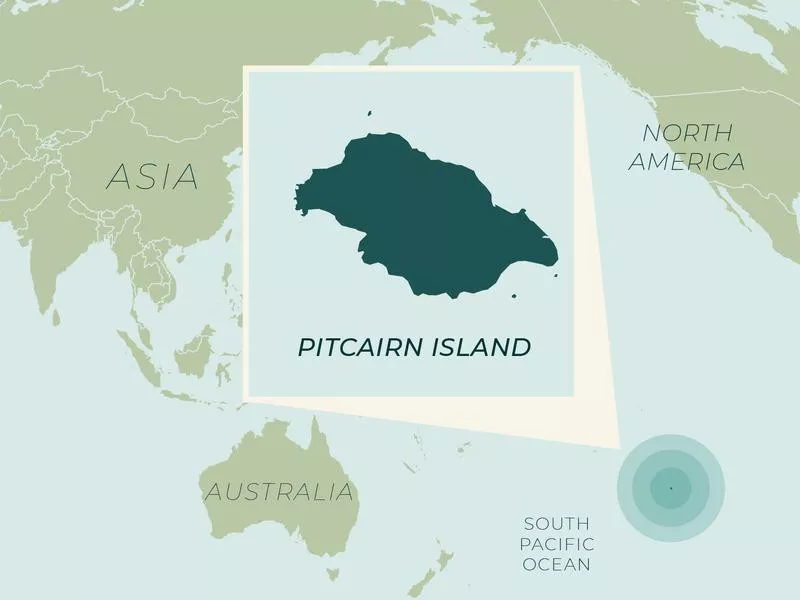
Population: 67
Location: South Pacific Ocean
Nation: United Kingdom
How to Get There
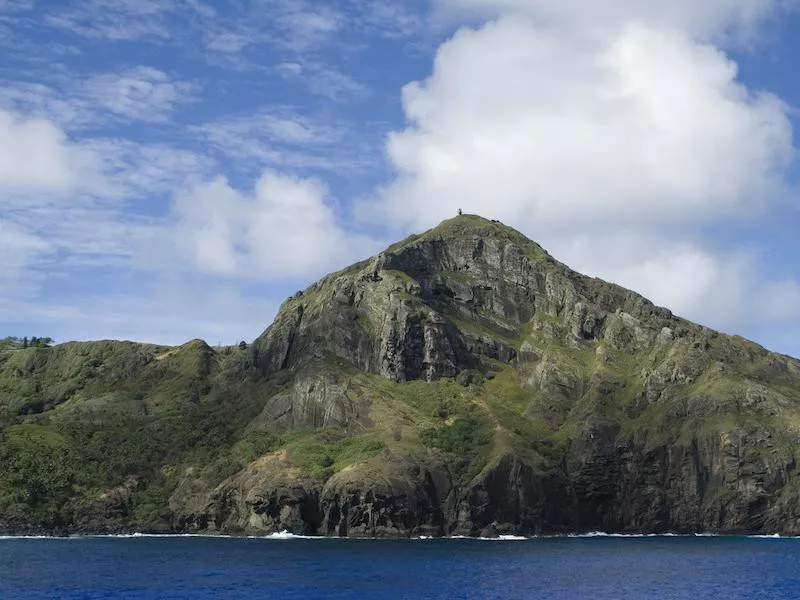
Getty
Named one of the few International Dark Sky Sanctuaries by the International Dark-Sky Association, Pitcairn is hoping travelers will want to make the trek deep into the South Pacific to discover its beauty, both by night and day.
The easiest way to access it (which, to be clear, is still not at all easy) is to fly from Tahiti to Mangareva in the Gambier Islands, from where you can take a 32-hour journey to Pitcairn on a ship.
The island received infamy when British Royal Navy officer Fletcher Christian and fellow sailors took over the “USS Bounty,” sailing her to the remote island to escape and live in paradise.
Novaya Zemlya
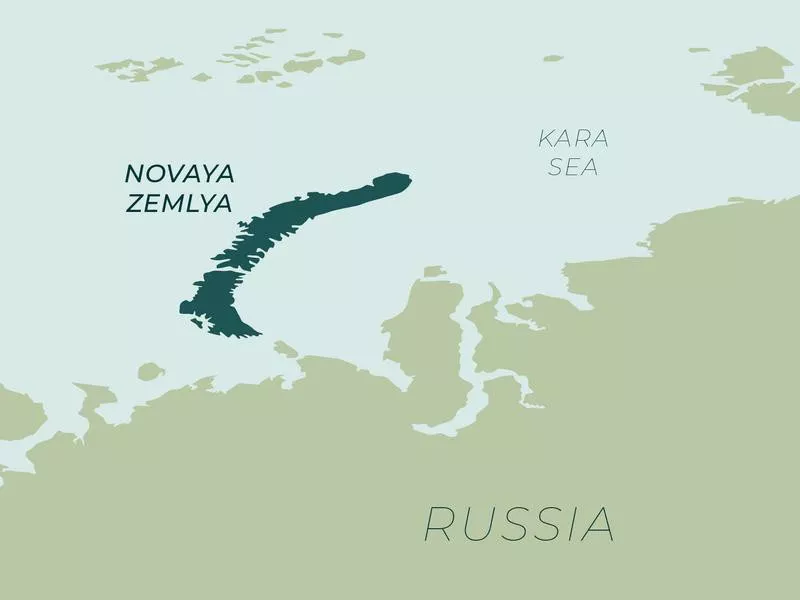
Population: 2,429
Location: Arctic Ocean
Nation: Russia
How to Get There
Novaya Zemlya is an archipelago made up of Severny (northern) and Yuzhny (southern) islands in Russia’s Arctic.
Once used as a nuclear testing site during the Cold War, the military islands receive twice-weekly flights. But you must have permission from the Russian government to visit.
South Georgia Island
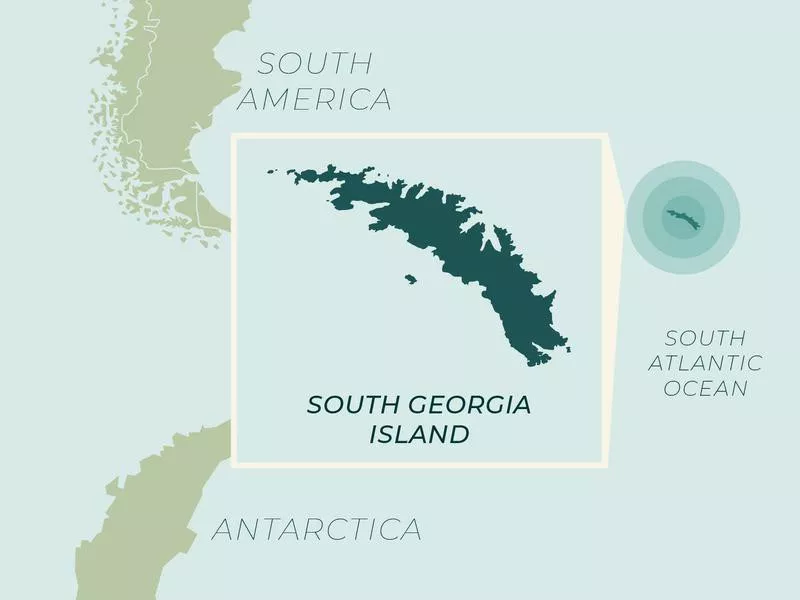
Population: 30
Location: South Atlantic Ocean
Nation: British Overseas Territory
How to Get There
The only people living on South Georgia Island in the South Atlantic are there to do research. Visitors can fly in from the Falkland Islands, nearly 1,000 miles away, or sail in from Argentina. Both treks require two to three days of travel.
The island has been called the Serengeti of the Southern Ocean, and expeditions provide a chance to see hundreds of king penguins in the wild.
Diego Garcia
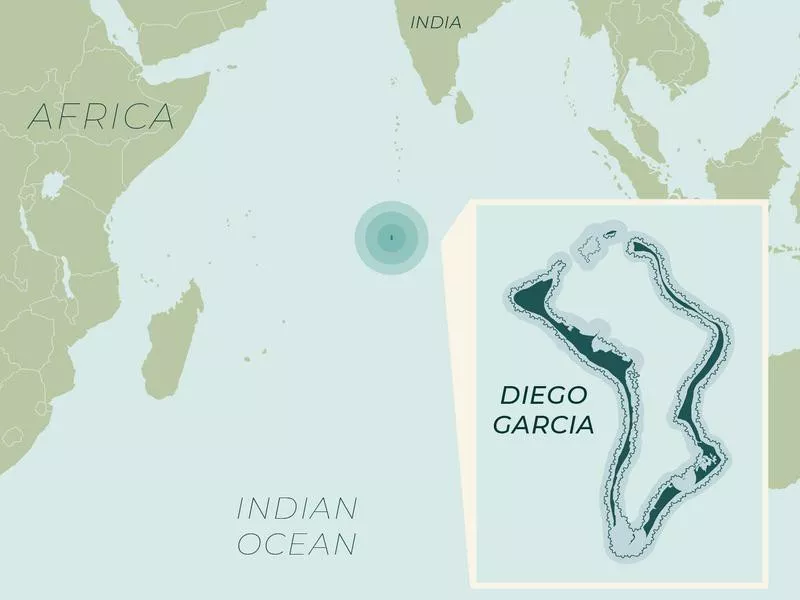
Population: 4,239
Location: Indian Ocean
Nation: British Indian Ocean Territory
How to Get There
Only military personnel and those with permits are currently allowed to drop in at this U.S. military base. But this soon could change.
Part of the Chagos-Laccadive Ridge that includes the Maldives, the island is expected to be receiving independence, which will open the door to more visitors in the coming years.
Amsterdam Island
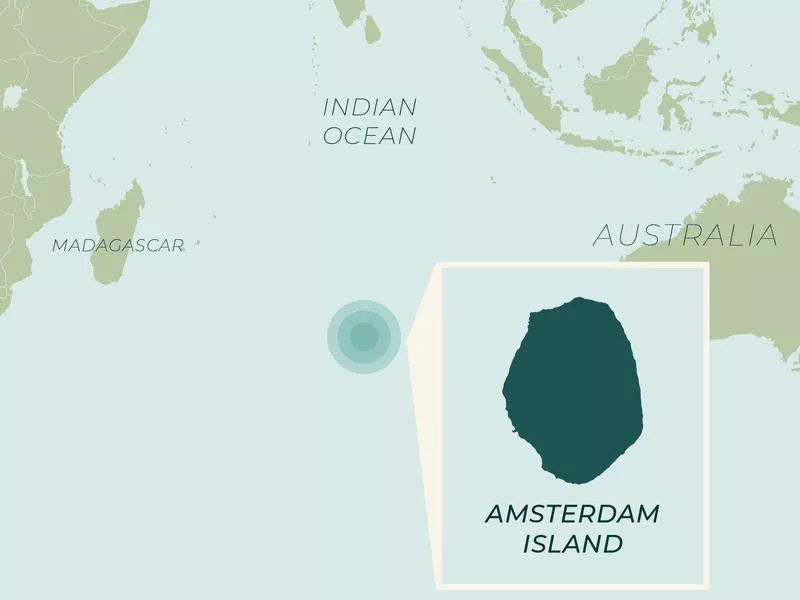
Population: 28
Location: South Indian Ocean
Nation: French Southern and Antarctic Lands
How to Get There
Visit this French-controlled island, and you’ll be nearly 2,000 miles from any other continent.
Ile Amsterdam, a volcanic island, was discovered by Magellan’s crew in the early 1500s. Last erupting in 1792, the only people residing on the island today are researchers keeping an eye on the various seals that call its shores home.
Keeling Islands

Population: 596
Location: Indian Ocean
Nation: Australia
How to Get There

Getty
The Cocos Keeling Islands are a beautiful set of warm-weather isles that can be reached by plane or boat. As an Australian collection of islands, flights and charters depart from the mainland.
The beaches on these islands are pristine, and (no surprise here) the snorkeling and diving can’t be beat.
Niue
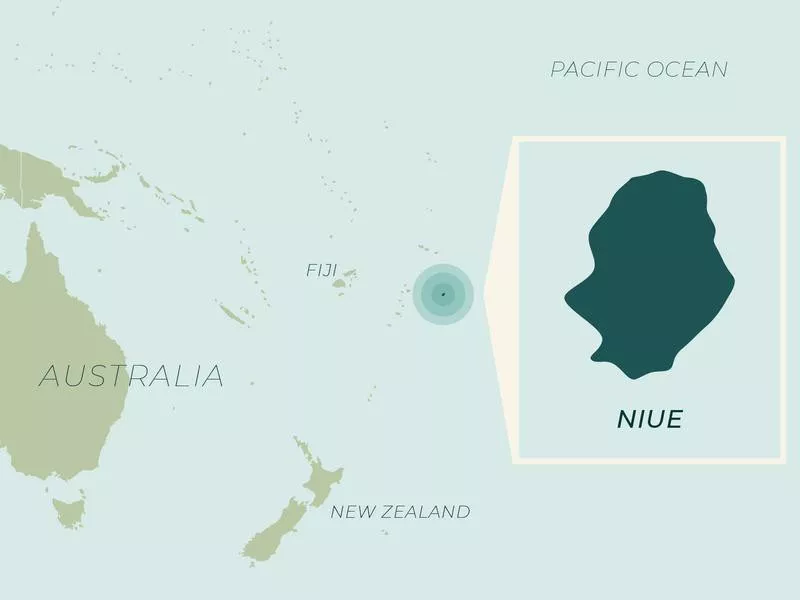
Population: 1,624
Location: South Pacific Ocean
Nation: New Zealand (it’s a self-governing island state in free association with the country)
How to Get There
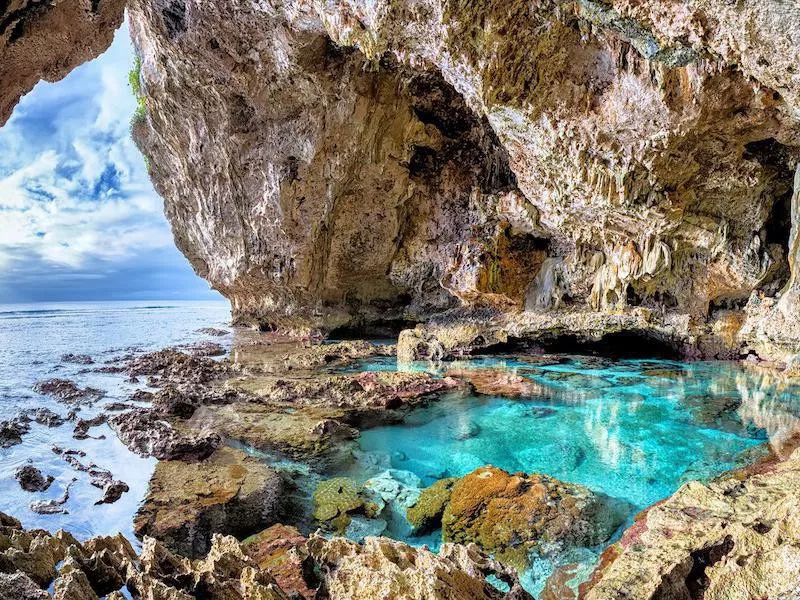
Getty
Northeast of New Zealand, remote Niue can be accessed via flights departing each week from Auckland.
Providing a tropical getaway with ample snorkeling spots, this destination is a much more away-from-it-all locale than nearby Fiji.
Macquarie Island
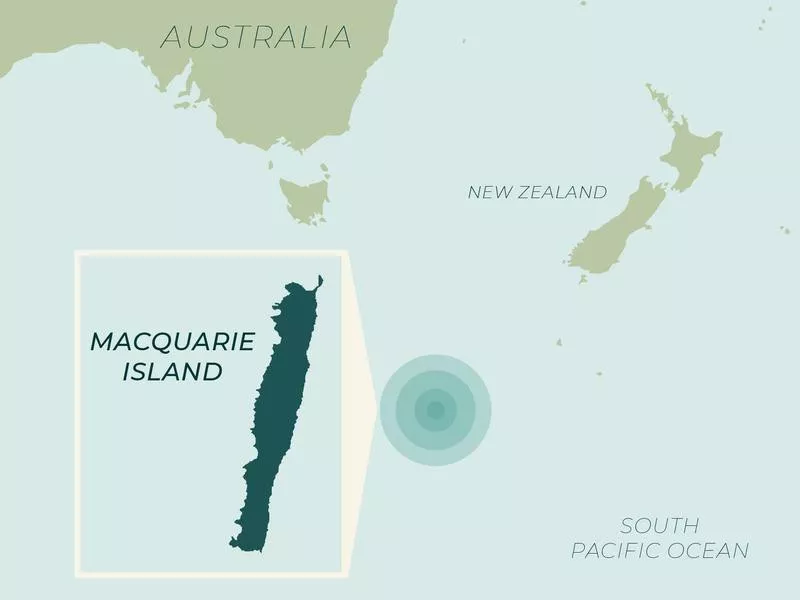
Population: 20-40
Location: South Pacific Ocean
Nation: Australia
How to Get There
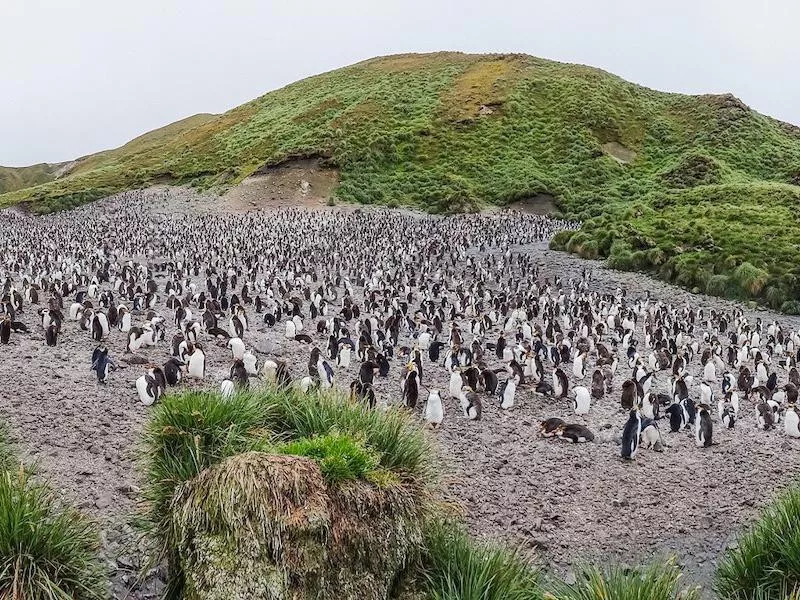
Getty
Australia’s World Heritage Site island can be found between New Zealand and Antarctica — nearly 1,000 miles from Tasmania. The island’s residential researchers continue to monitor penguins and seals, just like on other subantarctic islands.
Visitors can greet these majestic creatures themselves by accessing the island via cruise ship.
Raoul Island
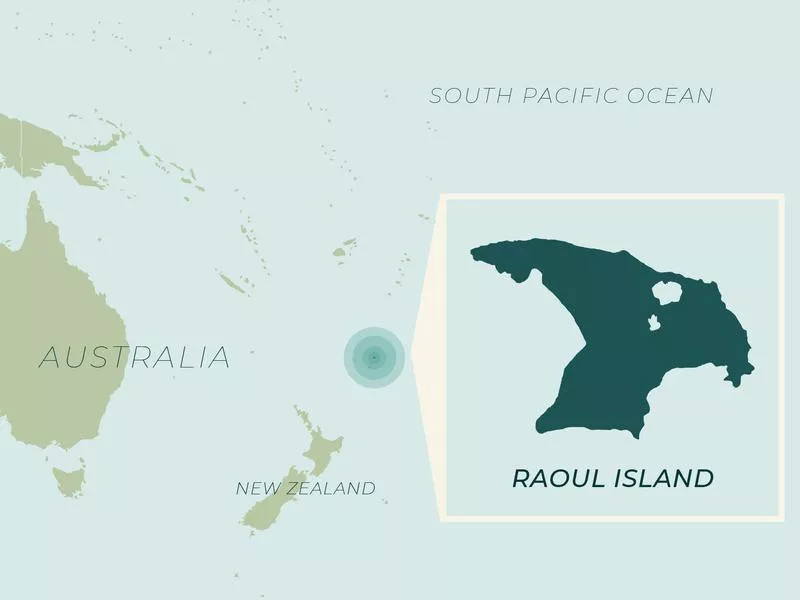
Population: Uninhabited
Location: South Pacific Ocean
Nation: New Zealand
How to Get There
Otherwise known as Sunday Island, Raoul is the largest of the Kermadec Islands. Although it’s found near the beautiful South Pacific Islands of Tonga and Samoa, it’s difficult for boats to access Raoul due to is rocky, volcanic coastline and active seas.
The island is actually part of the Raoul volcano, which is still active.
Floreana Island
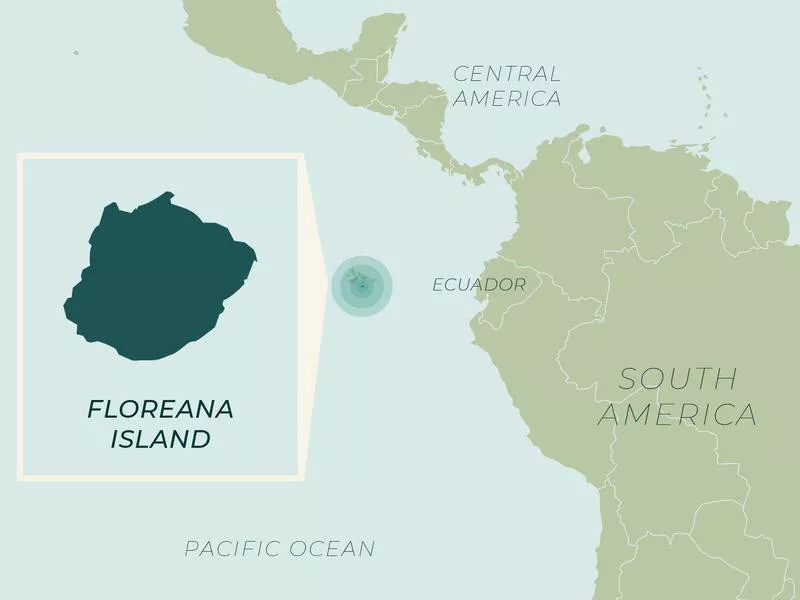
Population: 100
Location: East Pacific Ocean
Nation: Ecuador
How to Get There
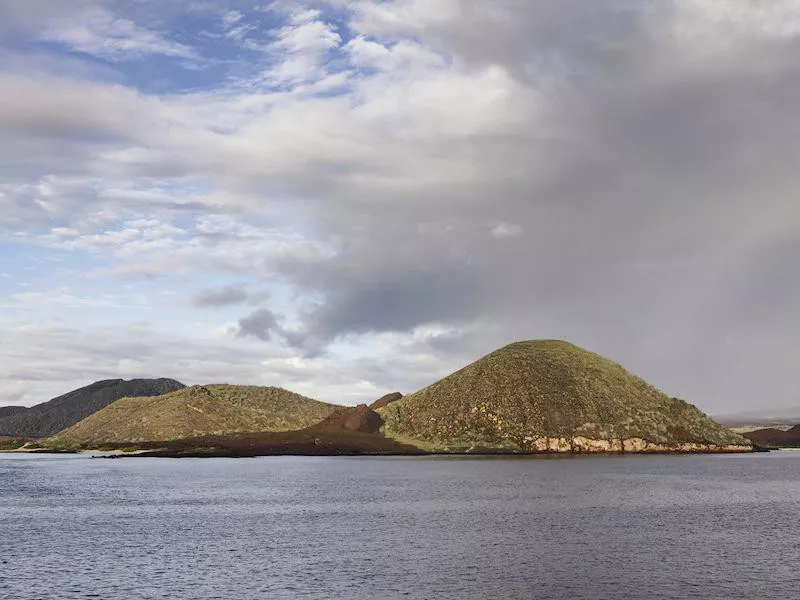
Getty
The array of wildlife found in the Galapagos famously inspired Charles Darwin to develop his theory of natural selection.
Floreana is an island in the Galapagos that guests can access by boat. After arriving, they can snorkel, kayak and lay out on a striking black-sand beach.